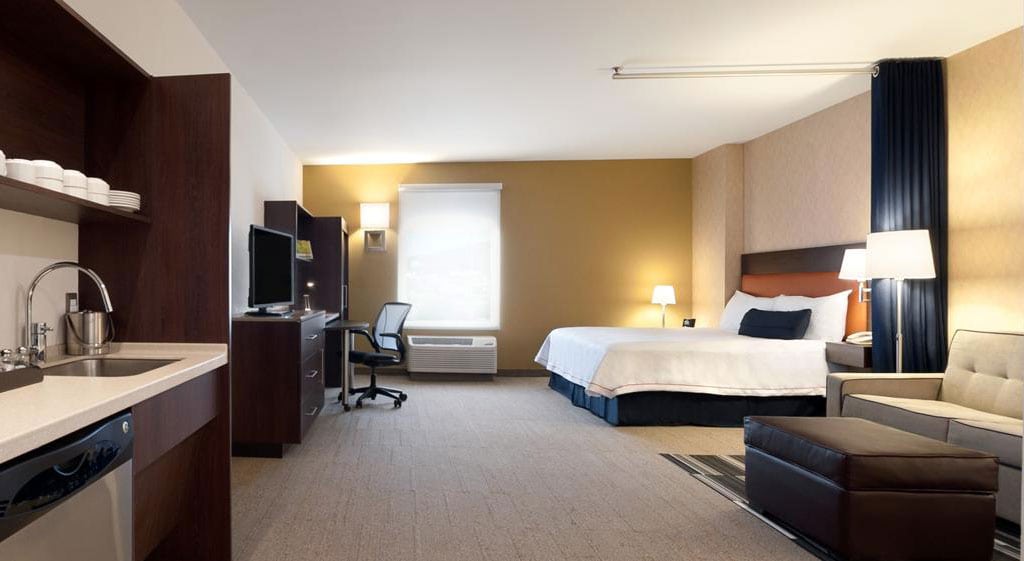Exporting the Extended-Stay Hotel Model Around the World

Skift Take
The success of the sharing economy demonstrates that there is a market for hotel brands that cater to travelers who need to spend a longer time in a destination but demand fewer frills.
Earlier this month we launched our latest free report The Changing Business of Extended-Stay Hotels, brought to you in partnership with Homewood Suites by Hilton.
Below is an extract. Get the full report here to get ahead of this trend.
Download the Report for Free
The slow and steady supply growth of the segment within the U.S. has meant even slower development outside its borders.
In addition, the unique operating model of extended-stay means that it's not likely to be the first development project in a market.
For instance, Canada is a mature market for many extended-stay franchised brands. But just ten years ago, there were no extended stay hotels in Canada, says Bill Fortier, Hilton World
